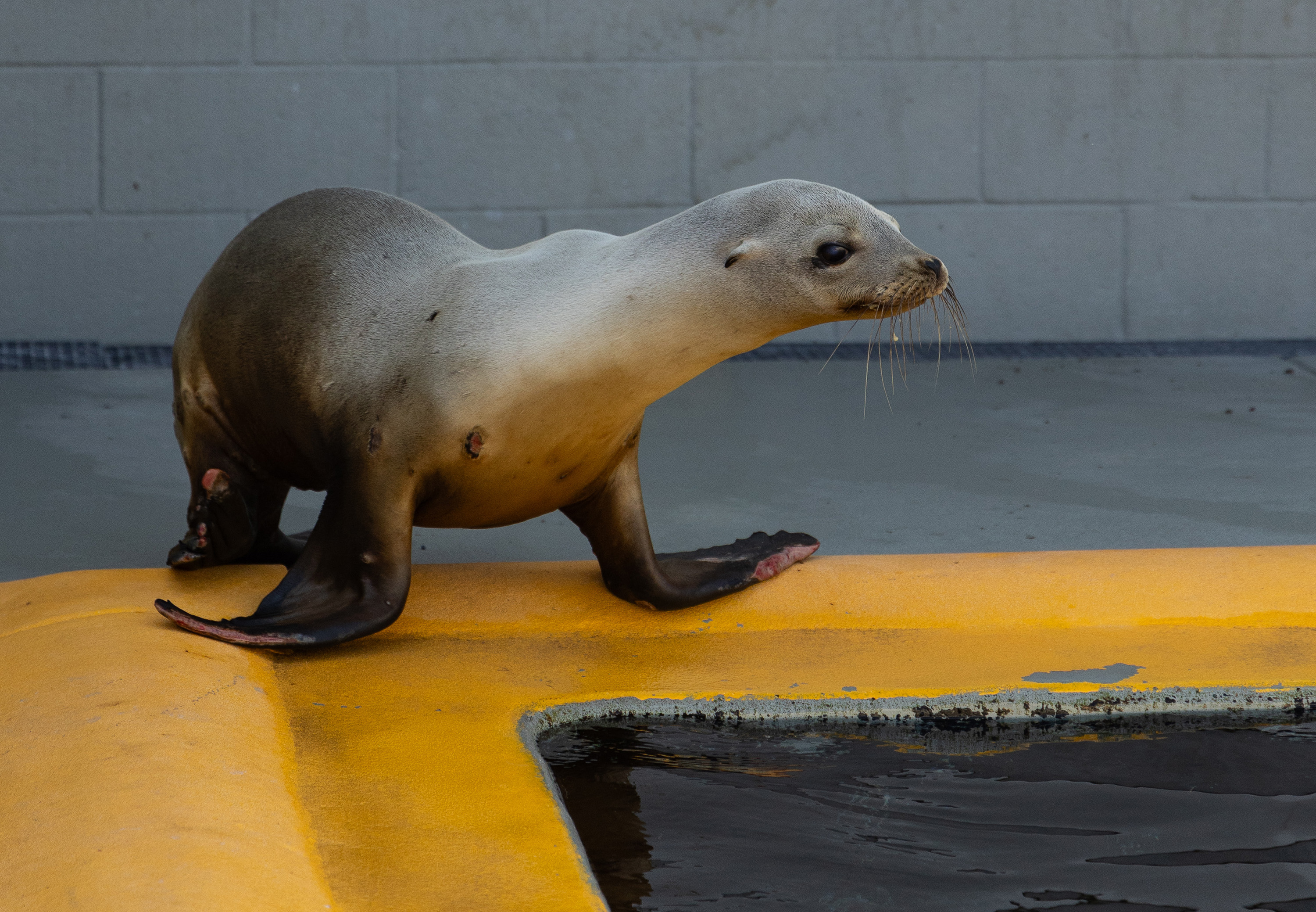Normal 0 false false false EN-US X-NONE X-NONE /* Style Definitions */ table.MsoNormalTable {mso-style-name:"Table Normal"; mso-tstyle-rowband-size:0; mso-tstyle-colband-size:0; mso-style-noshow:yes; mso-style-priority:99; mso-style-parent:""; mso-padding-alt:0in 5.4pt 0in 5.4pt; mso-para-margin:0in; mso-para-margin-bottom:.0001pt; mso-pagination:widow-orphan; font-size:10.0pt; font-family:"Times New Roman","serif";} PG&E statement FOLLOWING NTSB HEARING
SAN FRANCISCO, Calif. – Pacific Gas and Electric Company (PG&E) today issued the following statement from President Chris Johns following the National Transportation Safety Board's (NTSB) hearing on the San Bruno accident investigation:
Today's hearing at the NTSB represents an important milestone in the determination of the cause of the San Bruno accident. We at PG&E will take to heart the NTSB’s findings from its thorough and independent investigation into the tragic San Bruno accident nearly a year ago. Because we firmly share the Board’s commitment to seeing that such a terrible accident never happens again, we are grateful for its meticulous review of evidence, finding of facts and thoughtful recommendations.
The Board’s discussion today cited specific past PG&E practices on many fronts, including pipeline construction, testing, record-keeping practices, control room procedures, integrity management, and emergency procedures. Additionally, the NTSB’s investigation noted an organization and culture that was not sufficiently focused on public safety.
The accident in San Bruno was a tragedy and we are deeply sorry that our pipeline was the cause. We know that nothing we can say nor any action we can take will ever make up for the losses experienced by the victims of the accident and the San Bruno community. We will continue to support the City of San Bruno and the victims of the accident and their families as they heal and rebuild.
Subsequent to the accident we at PG&E have completely reviewed and begun the overhaul of our gas operations. We have spent the past year making fundamental changes to our operations and management that will put the safety of the public, our customers and our employees first.
We fully embrace the recommendations of the NTSB and will incorporate them into our plans. Although we still have much to learn and do, we have already taken many immediate and long-term steps to promote safety:
Immediate steps to ensure system safety
- · PG&E has reduced pressure on more than 1,600 miles of gas transmission pipelines.
- · PG&E expects to pressure test approximately 165 miles in 2011.
- · PG&E is using new in-line camera technology to inspect interior welds.
- · PG&E retrieved more than 1.7 million documents to substantiate current gas pressure levels in all high-consequence areas (HCAs).
- · PG&E has increased coordination with first responders and is developing a more comprehensive emergency response plan.
Management and structural changes
- PG&E Corporation hired Anthony F. Earley Jr., CEO of DTE Energy in Michigan, as its new CEO, Chairman and President, starting Sept. 13. Earley is highly regarded in the industry for his record of excellence in utility operations and safety.
- · PG&E separated its gas and electric operations, creating a more accountable gas organization with the authority, resources and mandate to completely reform its practices.
- · Nick Stavropoulos, a veteran gas turnaround specialist, became executive vice president of gas operations in June. He worked for three decades as a leader in gas companies in the Northeast and New England.
- · PG&E has hired more than 90 new gas engineers as well as additional project managers, mappers and other employees through a major nationwide recruiting effort.
Local
Comprehensive plan to modernize the gas system
Looking to the future, PG&E filed a Pipeline Safety Enhancement Plan with the California Public Utilities Commission on Aug. 26, 2011. In addition to ongoing safety measures, such as increased patrols and leaks surveys, work has already begun on several key initiatives:
· Pipeline modernization. PG&E’s goal is to test, inspect and replace pipelines as necessary to ensure that every gas transmission pipeline operates at or below proven, tested and verified safe operating pressures, and to allow for state-of-the-art internal inspections, or “pigging”.
· Valve automation and monitoring. PG&E will install more remote control valves and automatic shutoff valves, as well as remote sensing equipment, to isolate pipeline segments quickly in an emergency.
· Pipeline records integration. PG&E is working to implement the NTSB’s recommendation that it create a central electronic database of “traceable, verifiable and complete” gas transmission records. The company will also increase the capability of its digital mapping and software systems to integrate pipeline records moving forward.
Instituting a safety culture at PG&E
· PG&E will hire a vice president for safety with experience in instituting industry best practices. The new position reports directly to Chris Johns.
· The company has retained leading safety experts to help implement public and employee safety best practices.
· Safety performance is now a significant component of the employee incentive plan and as a condition of future employment.
· Training programs for apprentices, journeymen, and supervisors have been upgraded.



